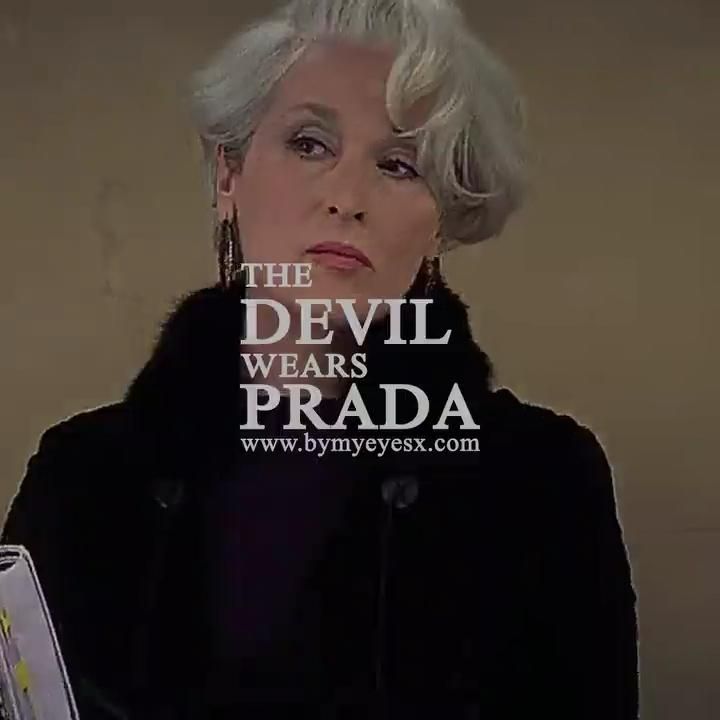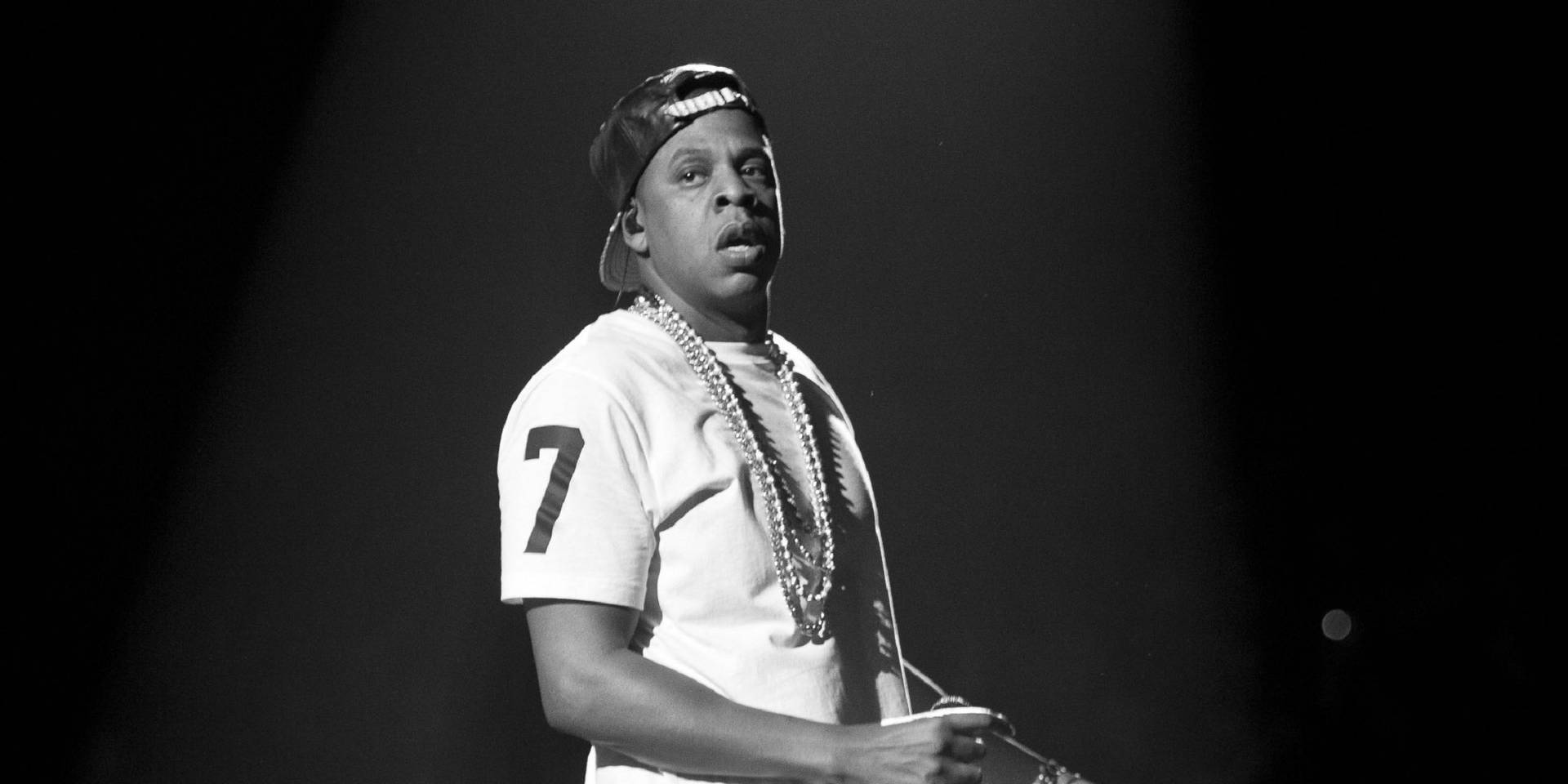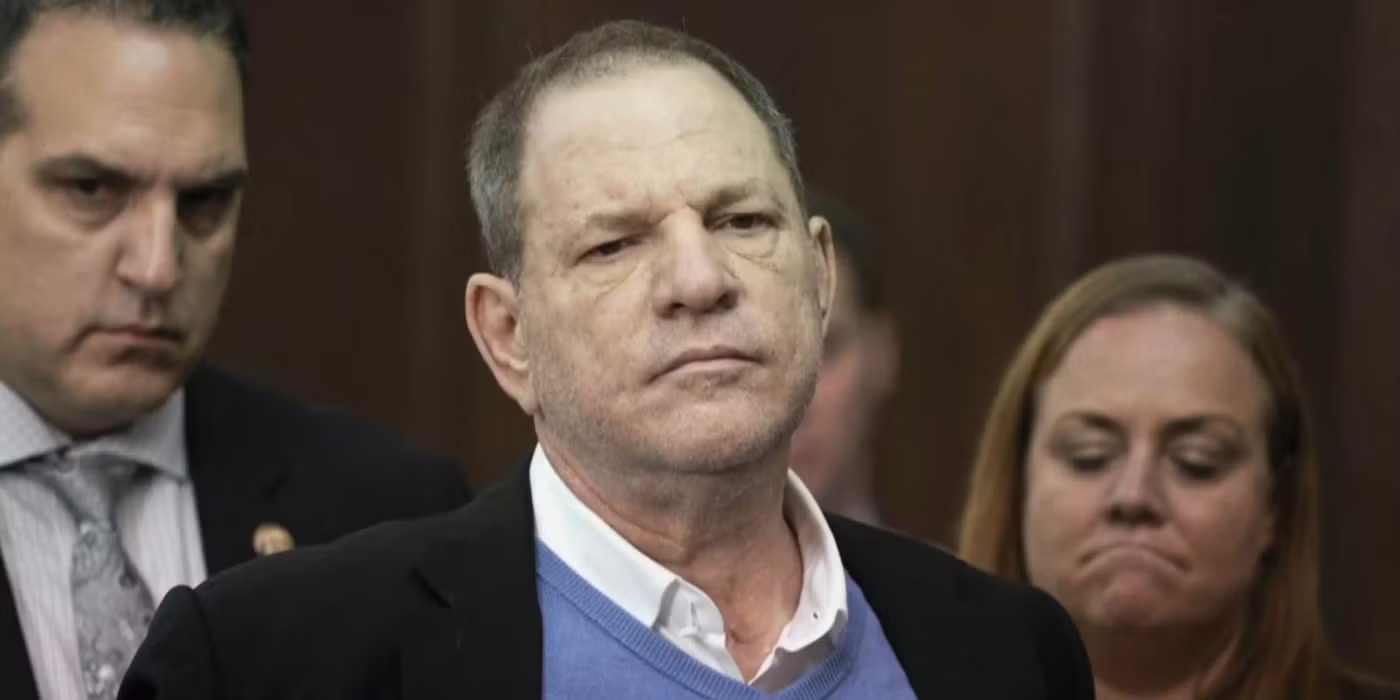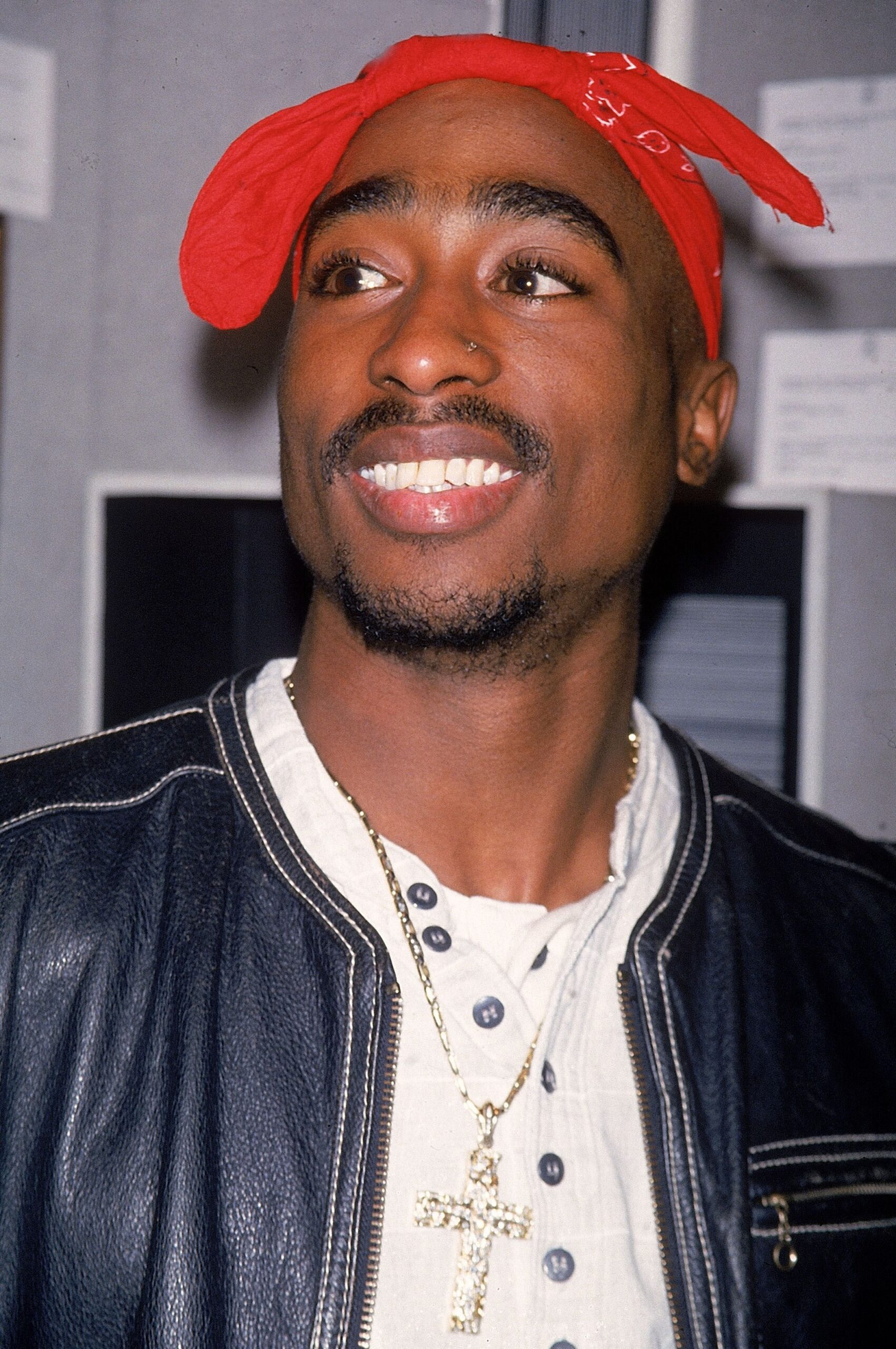
Introduction
The 2006 film The Devil Wears Prada, directed by David Frankel and based on Lauren Weisberger’s novel, continues to resonate with audiences more than a decade later. Its exploration of the fashion industry, friendship, and ambition has not only cemented its status as a cultural touchstone but has also sparked discussions around workplace dynamics, particularly for women. With the film’s recent surge in popularity on streaming platforms, its relevance in today’s society is more pronounced than ever.
Key Themes and Characters
At the centre of the story is Andy Sachs, portrayed by Anne Hathaway, a young aspiring journalist who lands a job as an assistant to the formidable Miranda Priestly, played by Meryl Streep. Miranda, the editor-in-chief of a high-profile fashion magazine, exemplifies the challenges women face in leadership roles, showcasing both empowerment and the sacrifices that often come with career ambition.
The film weaves together elements of fashion and personal growth, as Andy learns to navigate the demanding world of high fashion while also confronting her values and relationships. Critics and audiences alike praised Streep’s portrayal of Miranda, noting that she transcends the stereotype of the typical ‘bossy boss’, presenting a nuanced character whose complexities invite empathy despite her often harsh demeanour.
Cultural Significance and Legacy
Since its release, The Devil Wears Prada has left an indelible mark on popular culture. The film’s iconic fashion moments and memorable quotes have been referenced and parodied in various media, contributing to its status as a classic. Additionally, the film has inspired countless discussions about the high-pressure environment of the fashion industry and the broader implications of workplace culture.
In recent events, the film has been celebrated for its portrayal of feminism through the lens of choice and ambition. As the conversation around women’s rights and professional equity continues to evolve, many find the character arcs and dilemmas presented in the film particularly relevant in today’s climate.
Conclusion
The ongoing popularity of The Devil Wears Prada serves as a reminder of the impact of cinema on cultural discourse. Its themes of ambition, identity, and the intricacies of female relationships provide a rich narrative for viewers, making it a timeless piece of storytelling. As fashion and societal norms continue to shift, revisiting the film prompts reflection on the progress made and the challenges that persist, asserting that some stories, like fashion, are indeed cyclical.
You may also like

Jay Z: The Evolution of a Music Legend

Harvey Weinstein: A Timeline of Legal Troubles and Impact
